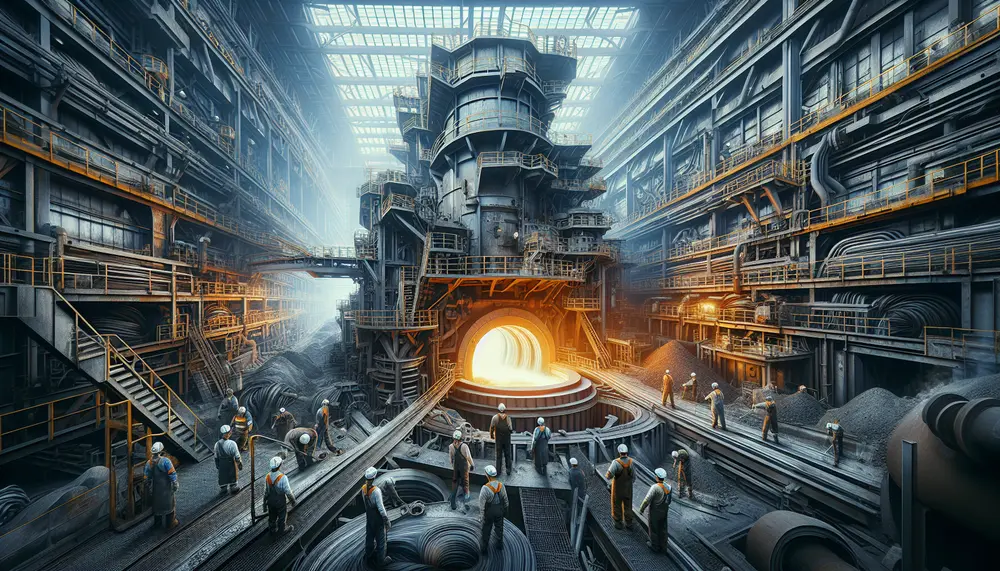Steel grades
Steel grades
Übersicht zu "Steel Grades"
Im Rahmen der Stahlproduktion und des Stahlhandels ist es unbedingt wichtig, ein klares Verständnis von den verschiedenen Steel grades oder Stahlsorten zu haben. Einfach gesagt, sind Stahlsorten Klassifizierungsformen, die die Qualitäten und Eigenschaften von Stahl identifizieren, um zu bestimmen, wie und wohin dieser Stahl am besten eingesetzt wird.
Bedingungen für unterschiedliche Stahlsorten
Die Klassifizierung der Steel grades hängt von verschiedenen Faktoren ab. Dazu gehören chemische Zusammensetzung, Herstellungsmethode, mechanische Eigenschaften, Hitzebehandlung und Oberflächenqualität. Jede Stahlsorte hat spezifische Eigenschaften, die sie für bestimmte Anwendungen geeignet machen.
Das Identifizieren von Steel Grades
Die Kennzeichnung der Steel grades erfolgt in der Regel durch Zahlen und Buchstaben. Dieser alphanumerische Code gibt Auskunft über die chemische Zusammensetzung und weitere Eigenschaften des Stahls. So können zum Beispiel Ingenieure ganz genau wissen, welche Stahlsorte sie für ein bestimmtes Projekt verwenden sollten.
Anwendungsbereiche der Stahlsorten
Die Steel grades sind sehr wichtig für viele Branchen wie die Automobilindustrie, Bauindustrie, und sogar für die Herstellung von Haushaltsgeräten. Durch das Verständnis für diese Stahlsorten, können die Hersteller sicherstellen, dass sie den richtigen Stahl für ihr Produkt haben.
Fazit zu Steel Grades
Zusammenfassend sind Steel grades ein unverzichtbarer Aspekt in der Stahlproduktion und im Stahlhandel. Sie helfen dabei, den passenden Stahl für die erforderliche Anwendung zu identifizieren und nutzen. Mit einem guten Verständnis dieser Stahlsorten können Produzenten und Händler ihre Produkte und Dienstleistungen verbessern.
Blog Posts with the term: Steel grades
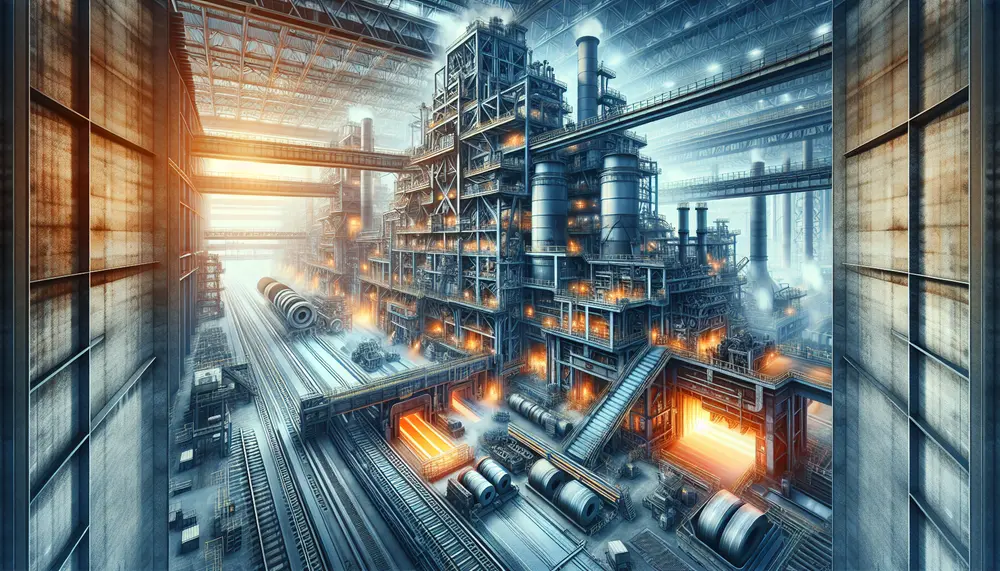
The article provides an overview of the steel making process, detailing how raw materials like iron ore, coke, and limestone are transformed into versatile and durable steel through a complex series of steps depicted in a flow diagram. It discusses...
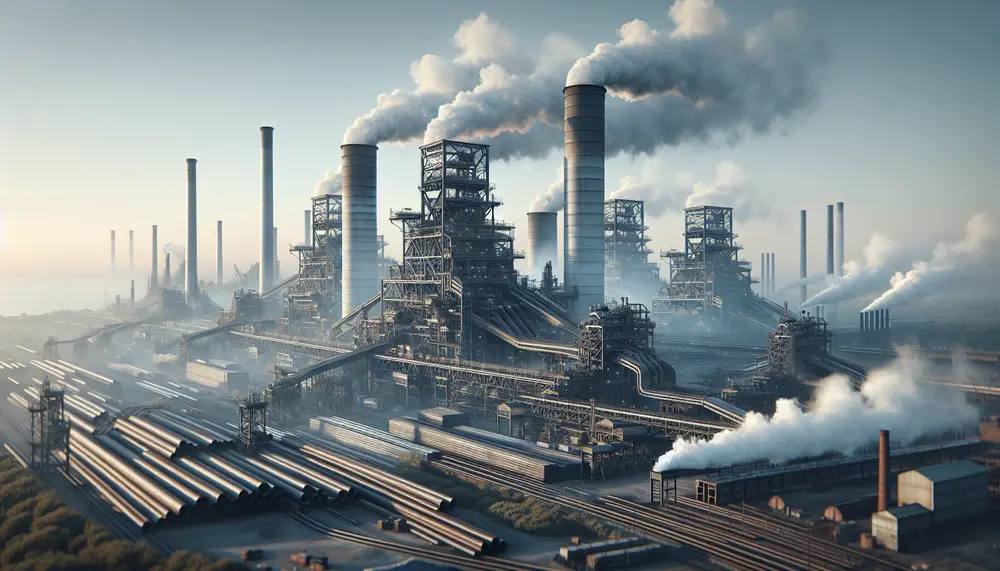
Steel production in France has grown due to technological advancements, increased demand, and strategic investments despite challenges like environmental regulations and market volatility. The industry's history shows a pattern of expansion post-WWII, peak production in the 1970s, followed by decline...
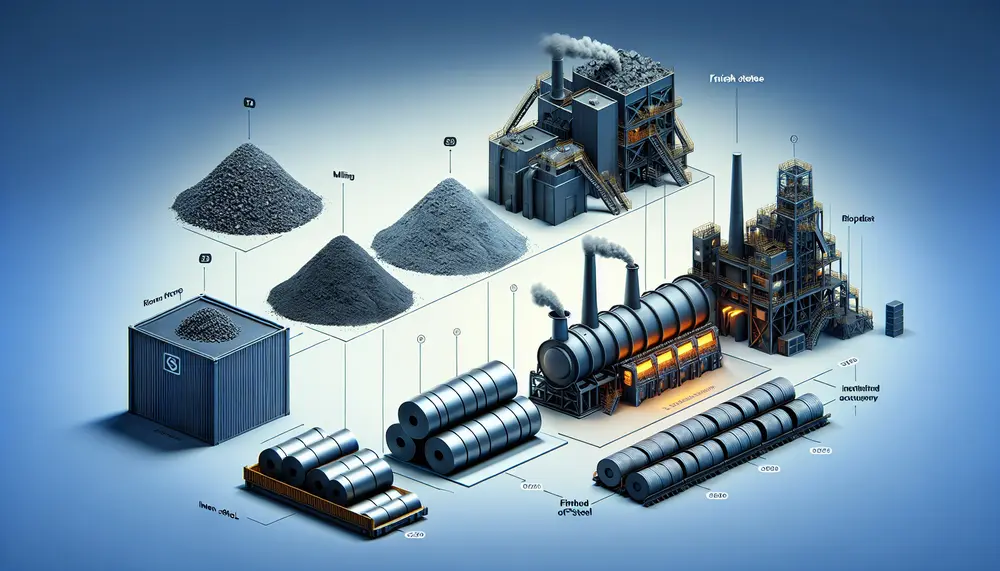
The steelmaking value chain is a complex process that transforms raw materials like iron ore, coking coal, and limestone into high-quality steel through strategic steps involving technological innovation to optimize efficiency and reduce environmental impact. Understanding this value chain helps...
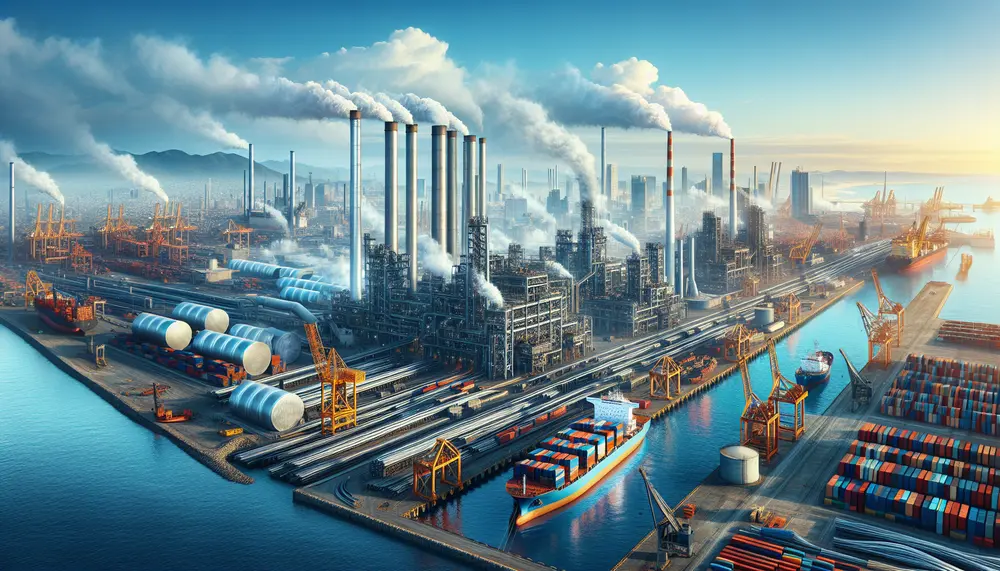
Mexico's steel industry has grown significantly due to rich resources, strategic location, skilled workforce, and modern technology. Challenges include high energy costs, competition from lower-cost countries, price fluctuations, and environmental concerns....
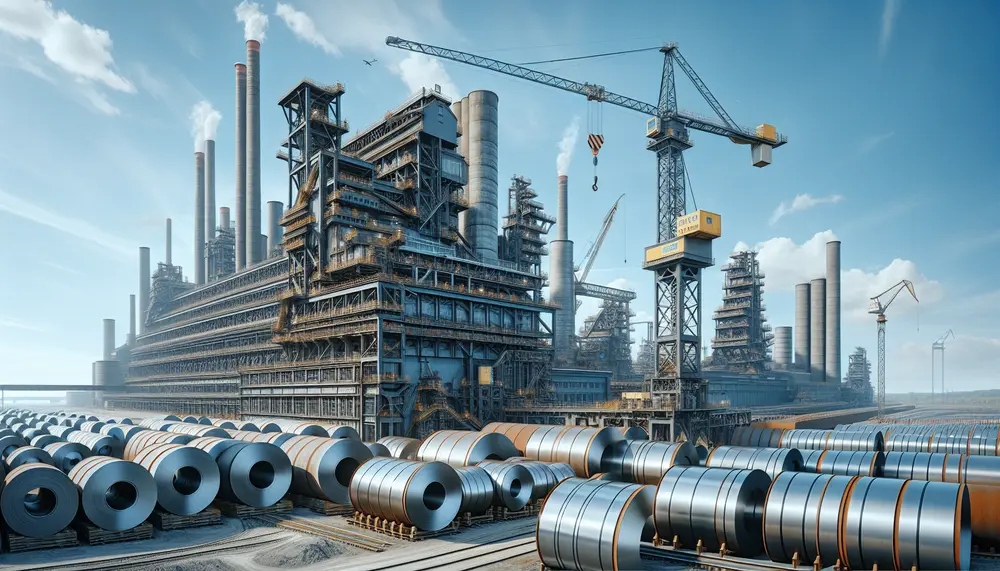
The steel industry in the Netherlands is integral to its economy, known for innovation and sustainability, with a focus on high-grade production used across various sectors. The Dutch sector's evolution has been shaped by historical shifts and strategic investments like...
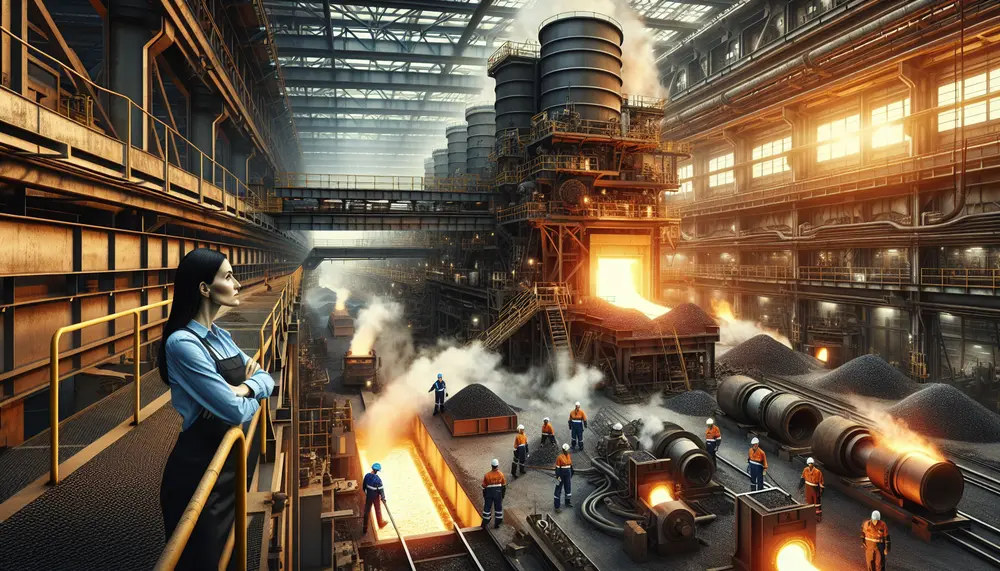
The article "Introduction to Steelmaking from Pig Iron" explores the historical and modern processes of transforming pig iron into steel, including methods like the Bessemer Process, Basic Oxygen Steelmaking (BOS), and Electric Arc Furnace (EAF). It highlights the importance of...
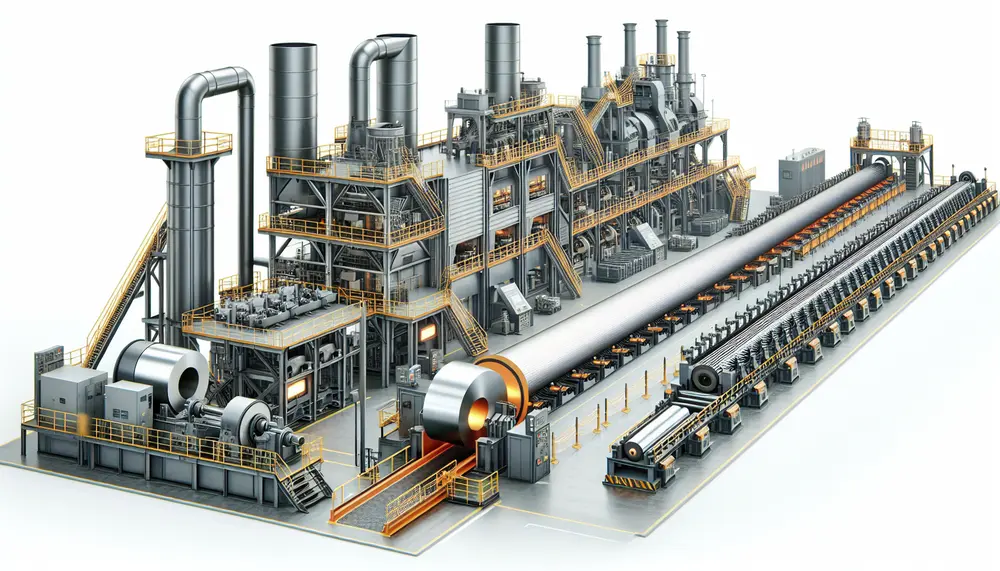
Steel manufacturing is a complex process that transforms iron ore into steel, involving precise heating and mixing to create different grades for various applications. The journey includes primary methods like Basic Oxygen Steelmaking (BOS) and Electric Arc Furnace (EAF), followed...
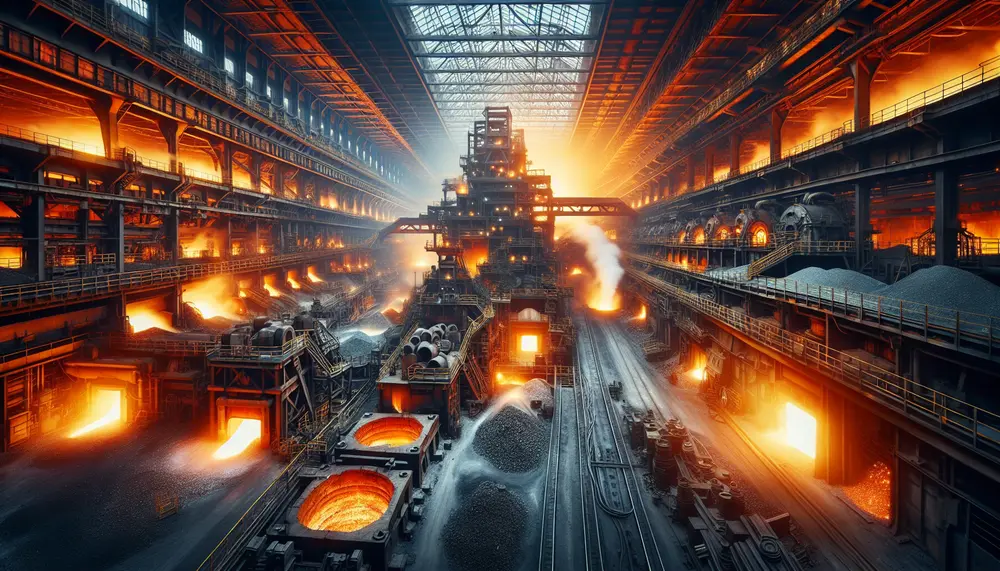
The Bessemer process, developed by Henry Bessemer in the 1850s, revolutionized steel production by efficiently removing impurities from molten pig iron using blown air and enabling mass production. This innovation significantly reduced costs and time for steel manufacturing, facilitating industrial...
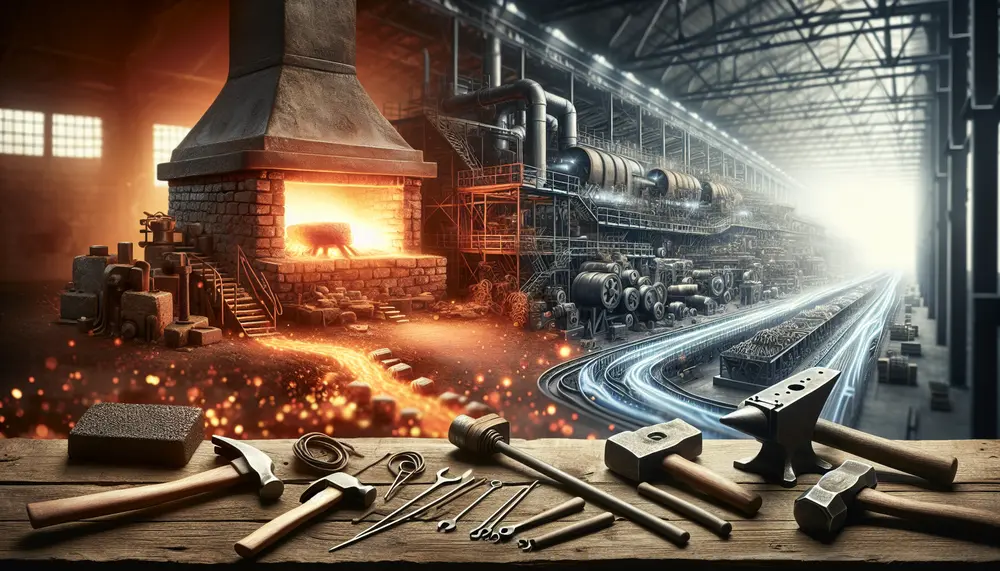
Steel's origins trace back to meteoric iron and evolved with human discovery of smelting around 2500 BCE, leading from the Bronze Age into the Iron Age. The Bessemer Process in the mid-19th century revolutionized steel production, enabling mass production and...
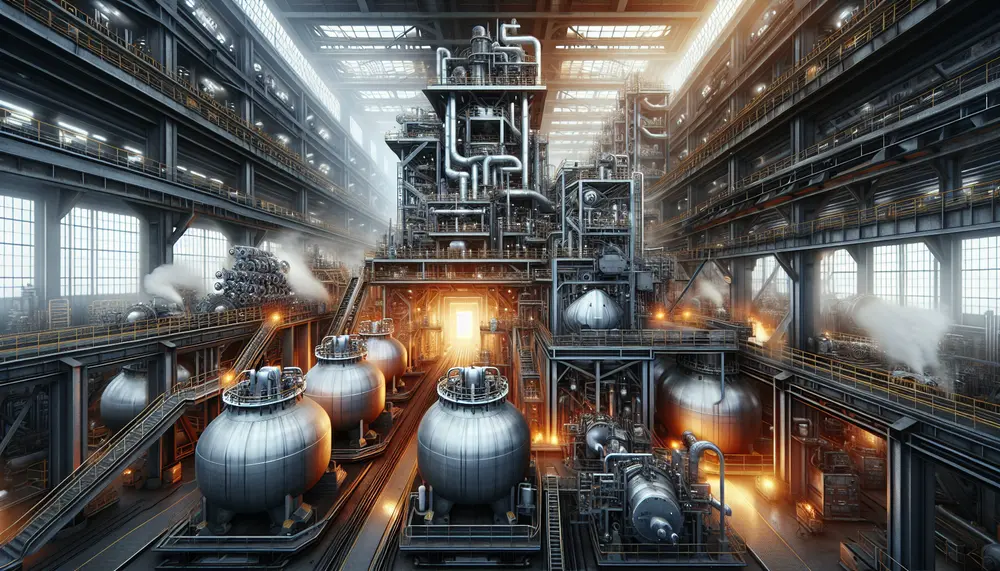
The Argon Oxygen Decarburization (AOD) process is a secondary steel making method that refines the composition of steel by reducing carbon content, using oxygen and inert gases like argon for controlled reactions. This technology allows for high-quality alloy production with...
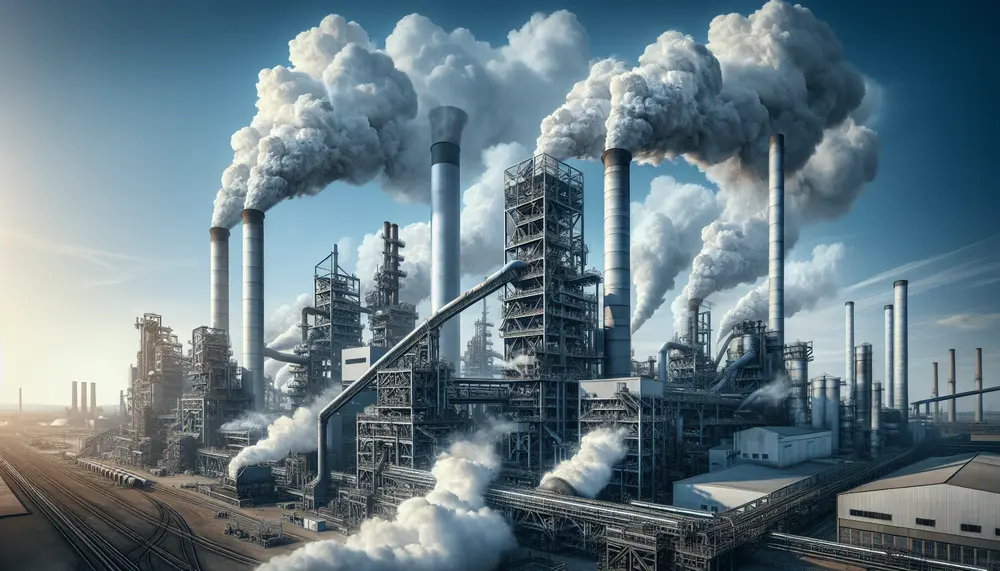
The global steel production landscape is a complex network essential for various industries, influenced by factors like raw material availability and technological advancements. China leads in output with other key players being India, Japan, and the US; sustainability efforts are...
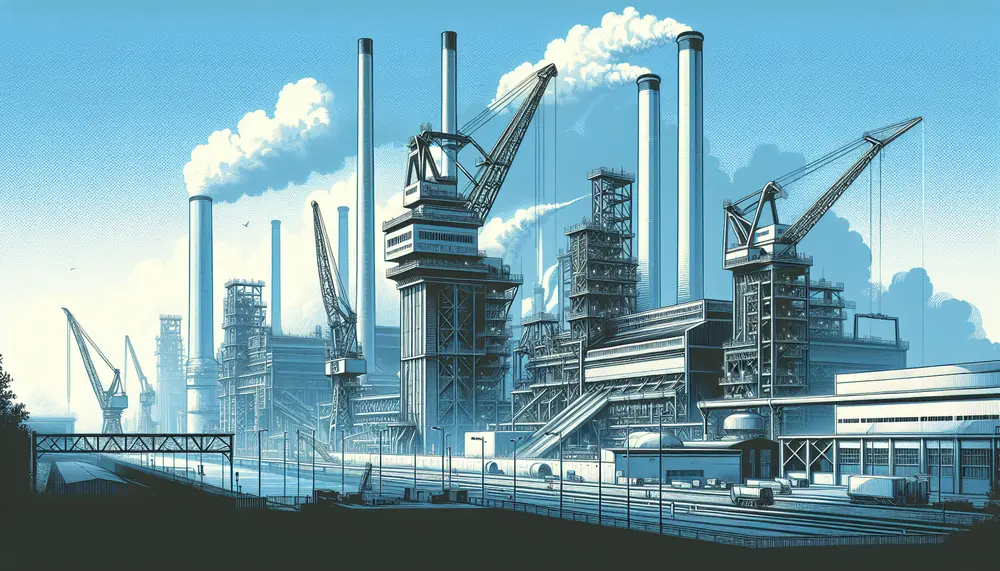
Steel production is a fundamental aspect of Luxembourg's economy, driving innovation, job creation, and international trade while shaping the nation’s industrial landscape. The industry has evolved through technological advancements and sustainability efforts to maintain its relevance in the global market....
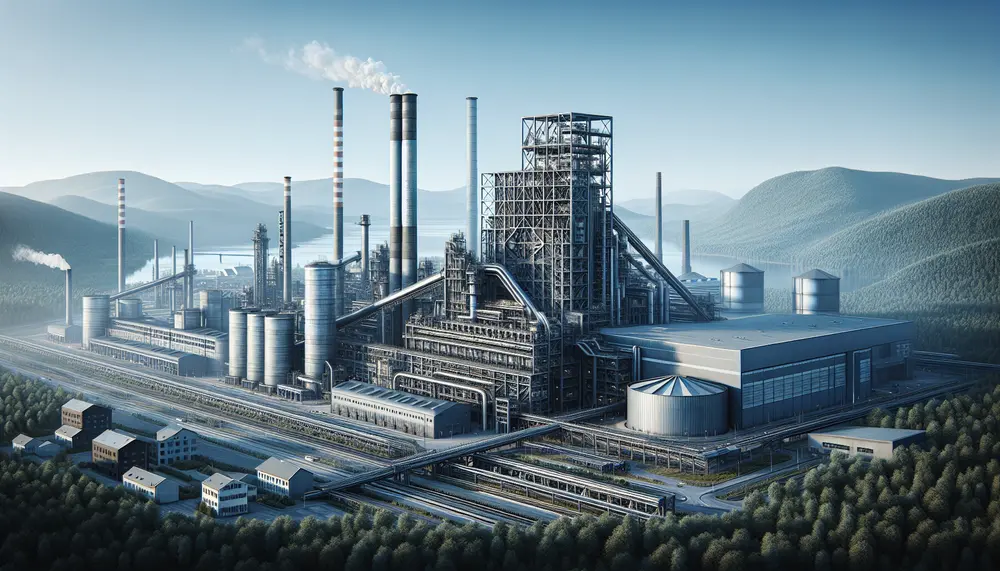
Norway's steel industry is known for its innovation, sustainability, and use of clean energy like hydroelectric power and hydrogen to minimize environmental impact while maintaining high-quality production. Despite challenges such as high labor costs and reliance on imported raw materials,...
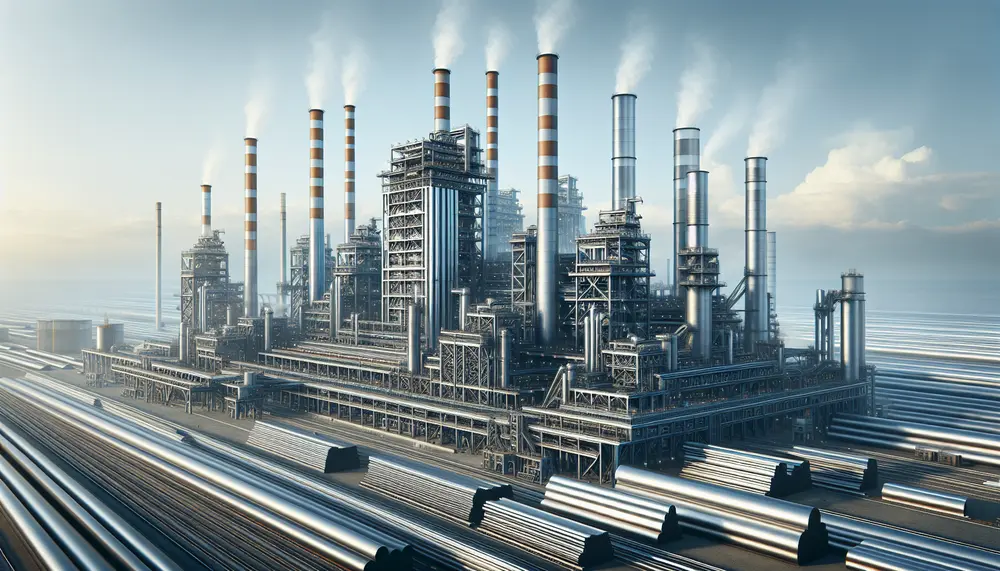
China is the world's largest steel producer, with a focus on infrastructure and domestic industries driving substantial growth in its production capabilities. The country has shifted towards higher-value-added products, modernization, and global expansion through foreign investments to maintain dominance in...

